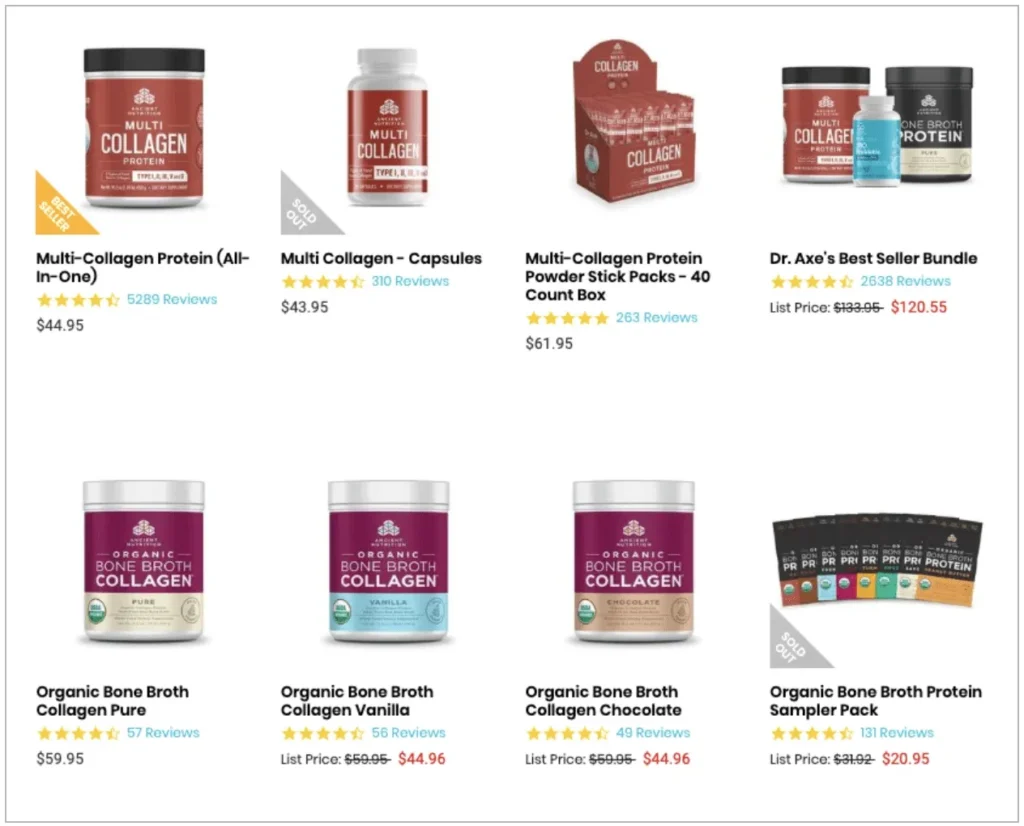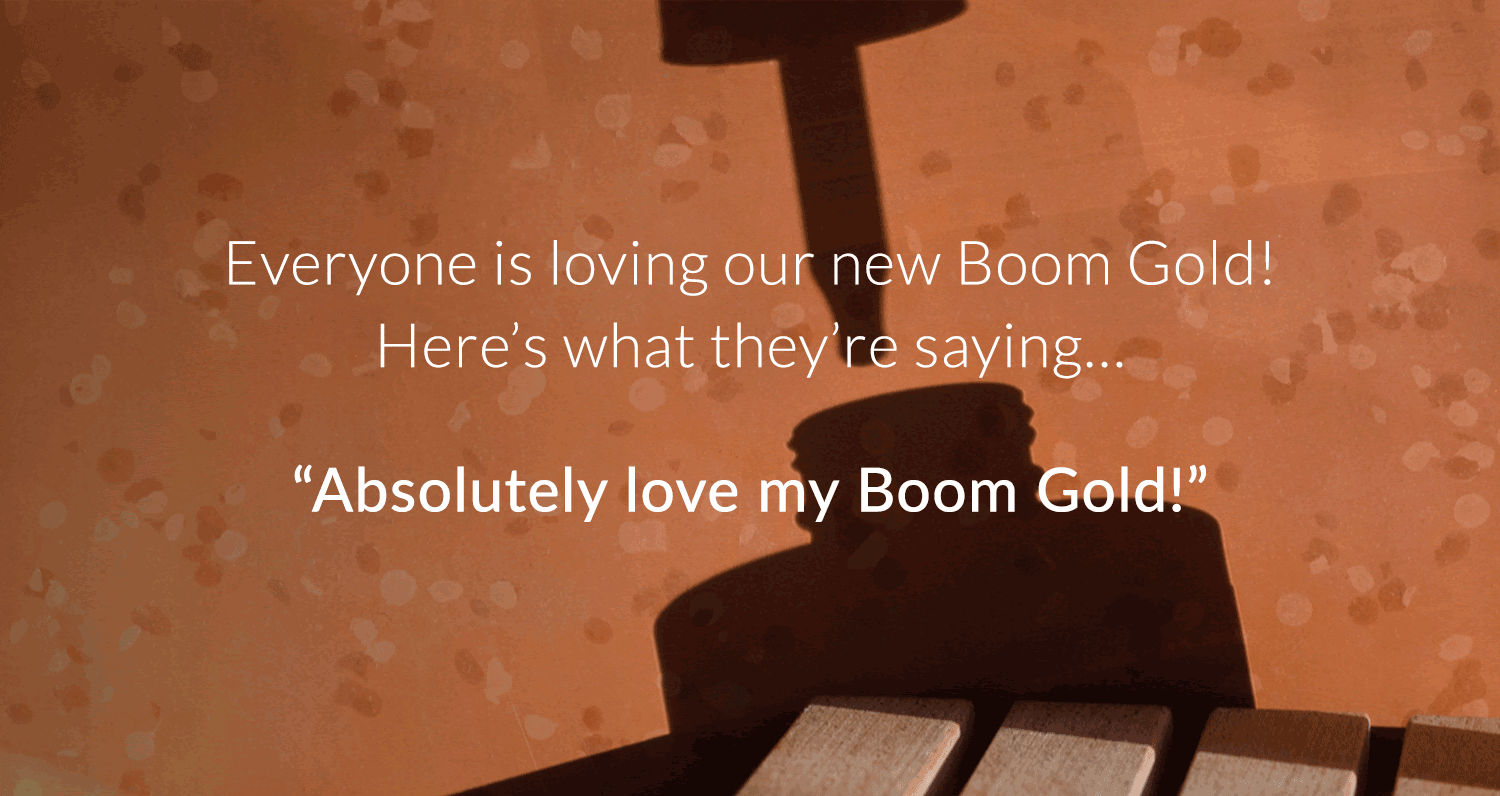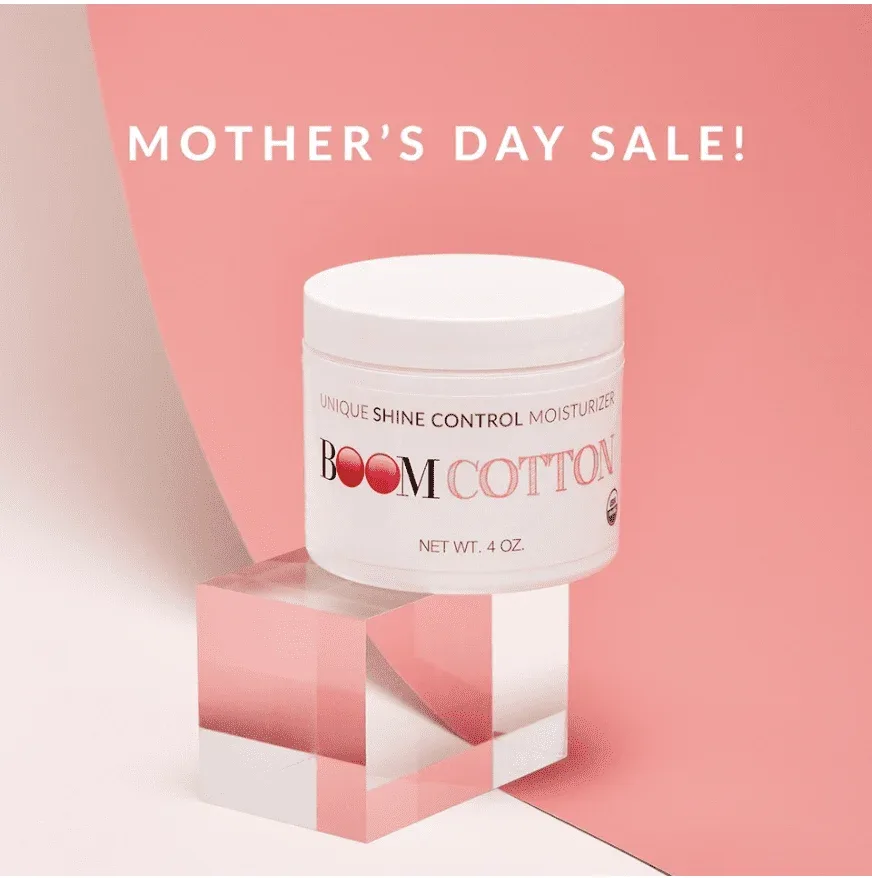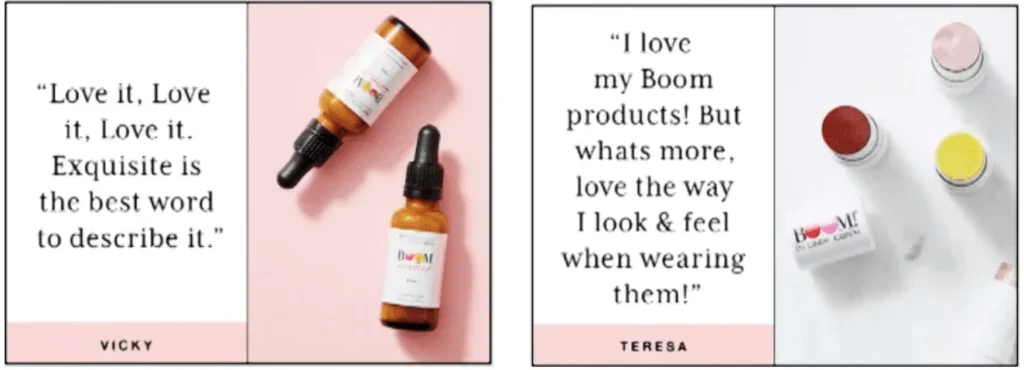Struggling to reach your revenue goals? Want to learn how to reliably scale a brand?
In this article, I’ll give you 3 tips to help you scale smaller brands, including examples from my own $50 million Shopify store.
It doesn’t matter what market you’re in, every major ecommerce brand I’ve seen scale to $50 or $100+ million all relied on these 3 strategies to get there.
This blog post is for anyone whose brand generates less than 7 figures per year or who wants practical ways to step up their marketing and generate more revenue, starting with:
#1 Expand Your Product Line
The first thing I see people not doing enough of in the early stages of their business is expanding their product line.
In general, ecommerce brands have one front-end offer that they run ads to that gets them customers…
But if you’re looking to build a brand to scale, you need a minimum of 6 individual product offers — so you should be working on expanding your line.
Here’s the revenue from one of my ecommerce brands:
Of the $50 million total, you can see that $30 million came from first-time buyers and $20 million came from people buying for a second time.
That means 40% of my entire business occurs after the initial sale.
One of the things I’ve learned after 10 years of brand building is that the game is won or lost on the backend. Your success depends on your ability to upsell and cross-sell multiple offers to existing customers…
And one of the most reliable ways to do this is to create new products.
That’s why every brand that you see scale to 8 figures has a phase where they rapidly expand their product line.
I can go through a number of examples, like Purple Mattress or Allbirds shoes, and here’s just a fraction of Dr. Axe’s enormous product catalog:
Big brands get their start by scaling one front-end offer, then they quickly develop more products.
If you don’t figure out how to upsell and cross-sell to the people who have bought from you once, then you’re never going to make it.
#2 Send More Emails!
The next thing smaller brands can do to see growth is to go all in on email.
Every big company who’s doing 8 figures will have between 25% and 40% of their revenue coming from email.
We email a lot, and you can see for us it’s about 34%:
Remember, email is still the #1 communication channel between brands and consumers — and you’ve really only got two!
The two best ways to communicate with subscribers/buyers are still:
- Ads / Pixeled audiences
Facebook Messenger is coming up as a communication channel; SMS is coming up as a communication channel, but they’re tiny compared to emails and ads…
Which is why emails and ads will be where all of your money is made for the next 2-3 years, at least.
So you are definitely not sending enough emails to your audience. I don’t care if you only have 10 people on your email list — email them more often.
No Really, It’s OKAY to Send More Emails!
To help you up your email game, I’ll give you two new email strategies I’ve discovered recently in my own brands.
#1 Including .GIF images significantly increases the click-through rate of our emails.
To create a .GIF you just need to take a bunch of still images and stitch them together in a slide show. It’s very easy to do, and it will make your emails perform much better.
#2 Run a sale campaign on one of your products every six weeks.
If you’re not running a sale campaign at least every six weeks — even if you only have 50 email subscribers — you’re not making as much money as you could from that audience.
Big brands send a lot of emails because big brands understand that people get bombarded with hundreds of emails a day.
That’s why it’s okay to email them once, twice, three times a day during a sale campaign. You may think that sending multiple emails is annoying your audience, but most of the time they didn’t even see the first two.
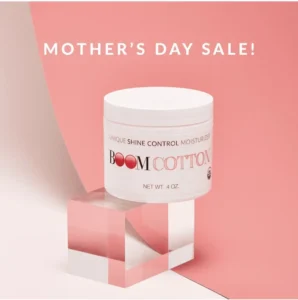
#3 More User-Generated Content
As brands get bigger, it becomes more important that they have a diversity of assets.
Most small brands begin with one sales video that they advertise on Facebook, a couple product images, and one static email flow.
That’s not a diversity of assets. Eventually, you will need to create more marketing content for your brand, and one of the ways to do that is with user-generated content.
Here’s how:
#1 Copy your product reviews onto images of your products, and use those as ads:
#2 Incentivize customers to send you a video review:
Every time someone buys from you, wait two weeks and then ask them to send you a video talking about why they loved the product. It helps to incentivize them with something, like a gift card.
Here are some guidelines for video reviews. Make sure they:
- Mention the product by name
- Include their face in the video
- Show off the product on screen
- Make it 15 – 30 seconds long
Typically, 1 in 4 people will reply with a video.
These videos go on your product offer pages, they go in your emails, they become the ads that you run… You can use them pretty much anywhere in your funnel.
Content-wise, UGC is almost all we’re using at this point, and the best part is that it doesn’t require a design / videography department.
Big brands leverage user-generated content way more than small brands, and you’re not using UGC as much as you could be, I guarantee it.
This video was a small segment of my presentation at Online Sellers Summit this year, and if you want more content like this, go follow me on Instagram for all my live event coverage!
Highlights:
0:03 Expand your product line
0:16 The game is won or lost on the back end
1:00 Go all in on email
1:30 Emails and ads will be where all of your money is made
1:52 GIF images in emails significantly increased the click-through rate of the emails
2:32 Have diversity of assets
3:23 Big brands leverage user-generated content way more than small brands
Click Here For Video Transcript
The other thing is to go all in on email. One of the things that you’ll notice when you scale is that every big company who’s doing eight figures will have between 25% and 40% of their revenue coming from emails that they send. It is still the number one communication channel between brands and consumers. You only got two. You have two ways to communicate with subscribers/buyers. One is email and the second is pixeled audiences. Messenger is coming up as a communication channel. SMS is coming up as a communication channel, but they’re tiny compared to emails and ads. Emails and ads will be where all of your money is made for the next two years, three years.
And for us, you can see it’s about 34% of our revenue year over year and you are definitely not sending enough emails. I don’t care if you only have 10 people on your email list, email them more often. We email a lot and we make a lot of money from email. One of the things that we learned recently is that GIF images in emails significantly increased the click-through rate of the emails and there’s, you just take a bunch of pictures and stitch them together in a GIF It’s easy to do. It will make your emails perform better. You should be running a sale campaign for one of your products every six weeks. If you’re not running a sale campaign at least every six weeks, even if you only got 50 email subscribers, you’re not making as much money as you could be from that audience. And big brands send a lot of email because big brands understand that people get bombarded with email. It’s okay during a sale campaign to email them once, twice, three times a day because you think sending an email multiple times, you’re annoying people, but they didn’t see the first two most of the time.
Thirdly, one of the ways that big brands make it because as you get bigger, it becomes more important that you have diversity of assets. Most small brands have one video that they run on Facebook, a couple images for their product, one static email flow. They don’t have diversity of assets. One of the ways that you can do it is you can take your reviews on your product offer pages and you can slap them on images of your products and use those as ads. You can incentivize people. Every time they buy from you. Two weeks later you say, “Hey, I’ll give you a $15 gift certificate to my store if you send me a video talking about why you love my product. Mention my product, put your face in it, show the product off, make it 15 to 30 seconds and email it to me and I’ll give you $25 or $10 in your customer account to buy something.”
You get one in four people to send you a video. These videos go on your product offer pages, they go in your emails, they become the ads that you run. Big brands leverage user-generated content way more than small brands. It’s almost all we use at this point, and it doesn’t require you to create assets with your design and videography department, so you’re not using UGC as much as you should be. I guarantee it.


